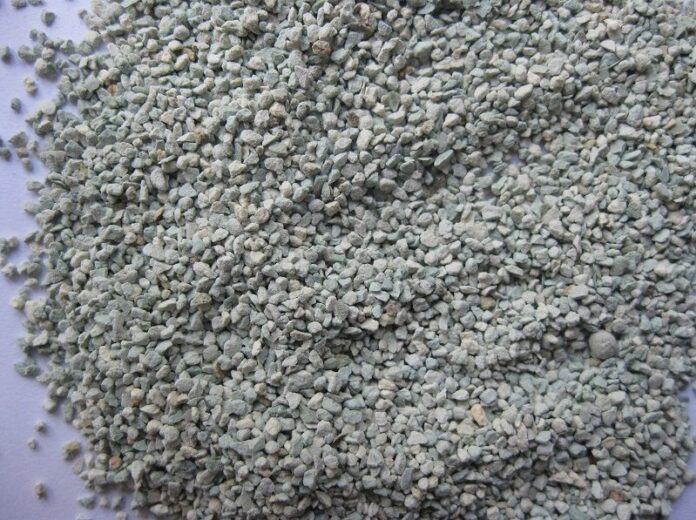Sustainability, according to the oxford dictionary means avoidance of the depletion of natural resources in order to maintain an ecological balance. During the industrial revolution, resources like coal and oil were mined, drilled, and burnt at extremely unprecedented rates with no regard for the environmental impact whatsoever. This search for coal and the capitalistic greed of developed nations left countries war-torn and natural habitats completely destroyed.
Today, sustainability is a global conversation. Even developing nations with third-world needs participate in it. When world leaders campaign for elections, they are asked what they plan to do about global warming. International summits and agreements like the Paris Agreement (2015) are in place to ensure the situation does not get out of hand. The success rates of such efforts are quite debatable though. Most environmentalists deem these plans superficial and half-hearted. The current red-alert status by scientists seems to have proven them right.
How Does Zeolite Contribute to Sustainable Practices?
Due to the global discourse and outrage on topics of sustainability, several research and development projects that research renewable and environment-friendly technologies are being funded by corporations and even governments as part of their Corporate Social Responsibility. Zeolite is a crystalline material that has attracted some attention as something that can contribute to sustainable processes. It already has vast applications as a catalyst therefore it lowers the energy levels required for industrial processes making them more efficient and eco-friendly. Zeolite suppliers seem to benefit greatly from its cost-effectiveness and practical applications in a vast number of fields. Let us take a look at some processes that have been made more ‘green’ thanks to the addition of zeolite.
Fuel Cells
Fuel Cells use redox reactions to convert a fuel using an oxidizing agent into electricity. They need a constant supply of their raw materials, usually hydrogen and oxygen to keep supplying electricity. These cells perform electrolysis using an anode, cathode, and electrolyte solution. It is considered a good power source in automobiles. The actual process of electrolysis often requires a catalyst. This is where zeolite comes in as it is an excellent catalyst. It also has properties that allow it to absorb and separate efficiently. This is why it can be used as part of an electrode or permeable membrane.
Hydrogen and methanol are two of the most important fuels used in fuel cells. The methods used in producing or separating hydrogen, however, produce air pollutants like carbon monoxide. These pollutants also end up damaging some of the fuel cell components. The current method of producing methanol requires a lot of energy and it is not a cost-effective method. This makes it an unsustainable method. Some zeolites have shown extreme potential in catalyzing the production of methanol from methane directly which is considered a better method overall. In addition to this, zeolite due to its mechanically and thermally stable molecular structure, zeolite has functional applications in making membranes for electrolytic solutions.
Biomass Conversion
Biomass is basically an amalgamation of solid waste materials from plants, animal feces, and micro-organisms. The most common sources of biomass are industrial, sewage, and farm waste. Biomass conversion is basically the process of turning this waste material into a viable source of energy. There are different ways of doing this. Direct thermal combustion is the most common one. It involves simply burning these waste materials for a heat source. As you probably already guess, this is not the most environmentally friendly method. However, it has become a better alternative to using non-renewable sources as a source of heat. Zeolite is used as a catalyst in the manufacturing process of platform chemicals and biofuels from biomass.
Controlling Air and Water Pollution
With factories constantly dumping poisonous compounds and gases into the environment, air and water pollution cause serious, possibly fatal health issues to humans and animals. Pollutants like nitrogen monoxide and nitrogen dioxide can cause acid rain. Zeolite can absorb these gases, potentially saving the environment from serious damage.
Zeolites can be made into highly effective and absorptive molecular sieves that remove impurities like oil spills and metals from water. This can be an efficient and more sustainable method compared to its popular alternative; reverse osmosis. Reverse osmosis is not suitable for use at an industrial level or for high amounts of water. Removing heavy metal impurities has a high energy requirement. Zeolite has the potential to make it much more environmentally-friendly.
Carbon dioxide capture and conversion
Carbon dioxide emissions from industrial processes have increased the gas’s concentration in the atmosphere drastically. A layer of CO2 ‘blankets’ the Earth. This blanket has thickened which has led to extreme global warming which has led to other environmental catastrophes. Materials are being developed that have the potential to control these emissions. Zeolite is one such material. It can be used to capture carbon dioxide. Due to its shape-selective properties, zeolite can be manipulated into a filter or membrane that can separate the carbon dioxide. Compared to this, converting carbon dioxide into a useful fuel is cheaper and better for the environment. Zeolite catalyzes this process.
Conclusion
This is simply a compact list of sustainable zeolite applications. In reality, the list is quite extensive! However, there needs to be a lot of theoretical research and practical experimentation done to properly explore the actual potential of zeolite applicability. Historically, zeolite proved to be useful in purifying water sources from radioactive pollutants after the devastation of Chernobyl. Gamma, beta, and alpha emissions can not make zeolite radioactively unstable. Therefore zeolite has become one of the most readily available materials that can absorb and separate radioactive pollutants. Is that not amazing? We hope that this article helped shed light on some sustainable practices and made you curious about future ‘green’ industrial processes.






















